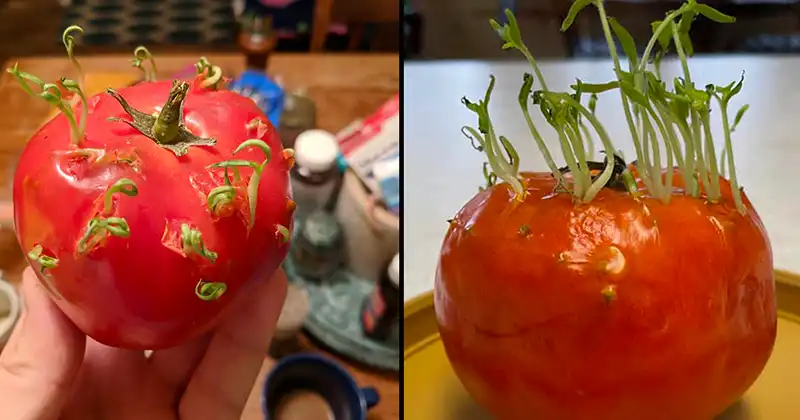A Complete Guide to Growing Tomatoes at Home in Soil Bags

Growing tomatoes at home in soil bags is a convenient and efficient way to enjoy fresh, flavorful tomatoes throughout the year. Whether you have limited space, poor soil quality, or simply want to try a more manageable approach to gardening, this method can be highly successful. In this comprehensive guide, we will walk you through the steps of growing tomatoes in soil bags, from choosing the right materials to caring for your plants and harvesting the fruits of your labor.
Materials You’ll Need
- Soil Bags: Choose high-quality, large soil bags with good drainage. You can purchase specific grow bags or use heavy-duty trash bags, ensuring they are at least 5-7 gallons in size.
- Tomato Seeds or Seedlings: Decide whether you want to grow tomatoes from seeds or purchase young tomato plants (seedlings) from a nursery.
- Potting Soil: Use a well-draining potting mix that is rich in organic matter. You can also create your mix by combining compost, peat moss, and perlite or vermiculite.
- Tomato Cages or Stakes: To support your tomato plants as they grow and bear fruit.
- Fertilizer: Choose a balanced, slow-release fertilizer or use organic options such as compost or well-rotted manure.
- Mulch: Organic mulch, such as straw or shredded leaves, helps retain moisture and suppress weeds.
- Watering Can or Hose: To keep your tomato plants adequately hydrated.
Steps to Grow Tomatoes in Soil Bags
1. Select the Right Location
Tomatoes require a sunny location with at least 6-8 hours of direct sunlight per day. Place your soil bags in an area with good air circulation to prevent diseases.
2. Prepare the Soil Bags
If you’re using trash bags, poke several holes in the bottom to ensure proper drainage. Fill the bags with potting soil, leaving a few inches at the top. If your bags are too deep, it may be difficult for your plants to get enough oxygen.
3. Plant Your Tomatoes
If you’re using seeds, plant them ¼ inch deep in the soil and follow the recommended spacing on the seed packet. If you’re using seedlings, gently remove them from their pots and plant them at the same depth they were growing previously.
4. Provide Support
Install tomato cages or stakes to support your plants as they grow. This helps prevent bending and breaking of the branches when the tomatoes become heavy.
5. Fertilize Regularly
Fertilize your tomato plants according to the manufacturer’s instructions on your chosen fertilizer. Alternatively, use organic options like compost every 3-4 weeks.
6. Mulch and Water
Mulch around your tomato plants to retain moisture and reduce weed growth. Water your tomatoes consistently, keeping the soil consistently moist but not waterlogged. Tomatoes prefer deep, infrequent watering to shallow, frequent watering.
7. Pruning and Training
Regularly prune your tomato plants by removing lower leaves to improve air circulation and reduce the risk of diseases. Train the plants to grow vertically within your cages or stakes to save space and encourage healthier growth.
8. Pest and Disease Control
Keep an eye out for common tomato pests like aphids, hornworms, and whiteflies. Use organic pest control methods or neem oil to manage infestations. Watch for signs of diseases like blight or mildew and take appropriate measures to prevent or treat them.
9. Harvesting Tomatoes
Once your tomatoes start ripening, harvest them when they reach their desired color and firmness. Simply twist them gently off the vine. Tomatoes are usually ready for harvesting 60-85 days after planting.
Conclusion
Growing tomatoes in soil bags is an excellent way to produce fresh and delicious tomatoes in limited spaces or poor soil conditions. By following these steps and providing proper care, you can enjoy a bountiful harvest of homegrown tomatoes, whether you’re a seasoned gardener or a beginner. Happy gardening and savor the fruits of your labor!



















